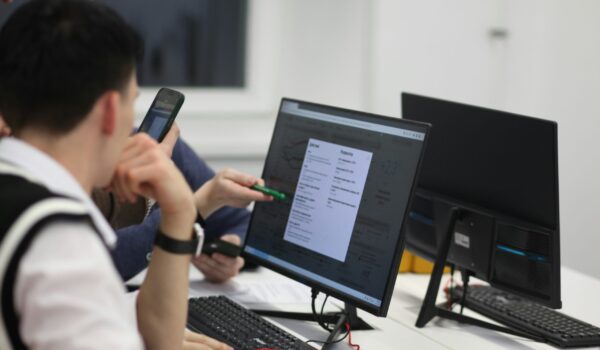
Intellectual Property
 Lately in the news there has been a lot of debate on the subject of intellectual property, how it is defined, and how it can be protected, detected, measured, and proven.
Lately in the news there has been a lot of debate on the subject of intellectual property, how it is defined, and how it can be protected, detected, measured, and proven.
Intellectual property refers to any creative action that involves an idea which is borne out of human potential. Unlike actual property, such as real estate or material possessions, intellectual property is not physical, but it does have all the other characteristics that are the same:
– it belongs to someone/ someone possesses it,
– it can be purchased,
– it can be sold,
– it can be licensed for the right,
– it can otherwise be given to another for use under certain conditions,
– it can be traded, gifted, and inherited,
– and it should be valued as such!
The full human intellectual work, which is considered a creative or conceptual realization of an idea belongs to the creator. With the owner’s authorization or approval it can be further worked on or developed as found suitable.
In business terms, intellectual property is an asset whose successful use can be a valuable contribution to the foundation of a project or a business.
Experts at Homework Help USA are very meticulous about intellectual property rights, and value its full extent, in both academic and business endeavours. Clients can trust our experts to never underestimate or trivialize its potential in any degree. This is why we have a strict policy against plagiarism, our writers understand the importance of the originality of the work, and they work to help identify and protect solutions to problems, new ideas, trademarks, services and any copyright and related rights.
Our writers know that, in order to protect this type of an asset, which is not like the physical assets, requires legal instruments to safeguard it from unauthorized uses, and are well versed in those regulations. Knowing the amount of intellectual resources and means that go into creating original works makes us value it and adhere to the principles and rights that respect it.
References:
Caroll, M. (2015). Sharing Research Data and Intellectual Property Law: A Primer. PLoS Biol 13(8). Retrieved August 29, 2015 from http://journals.plos.org/plosbiology/article?id=10.1371/journal.pbio.1002235.


